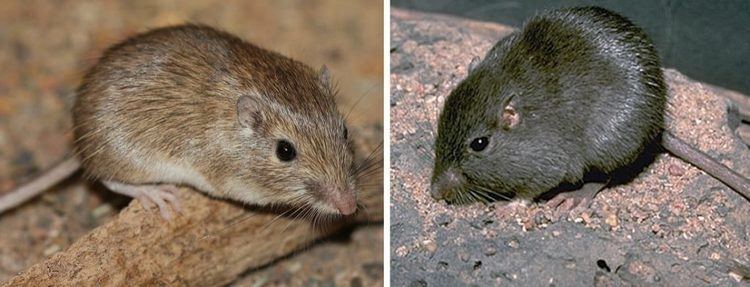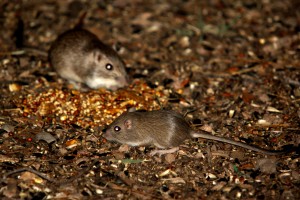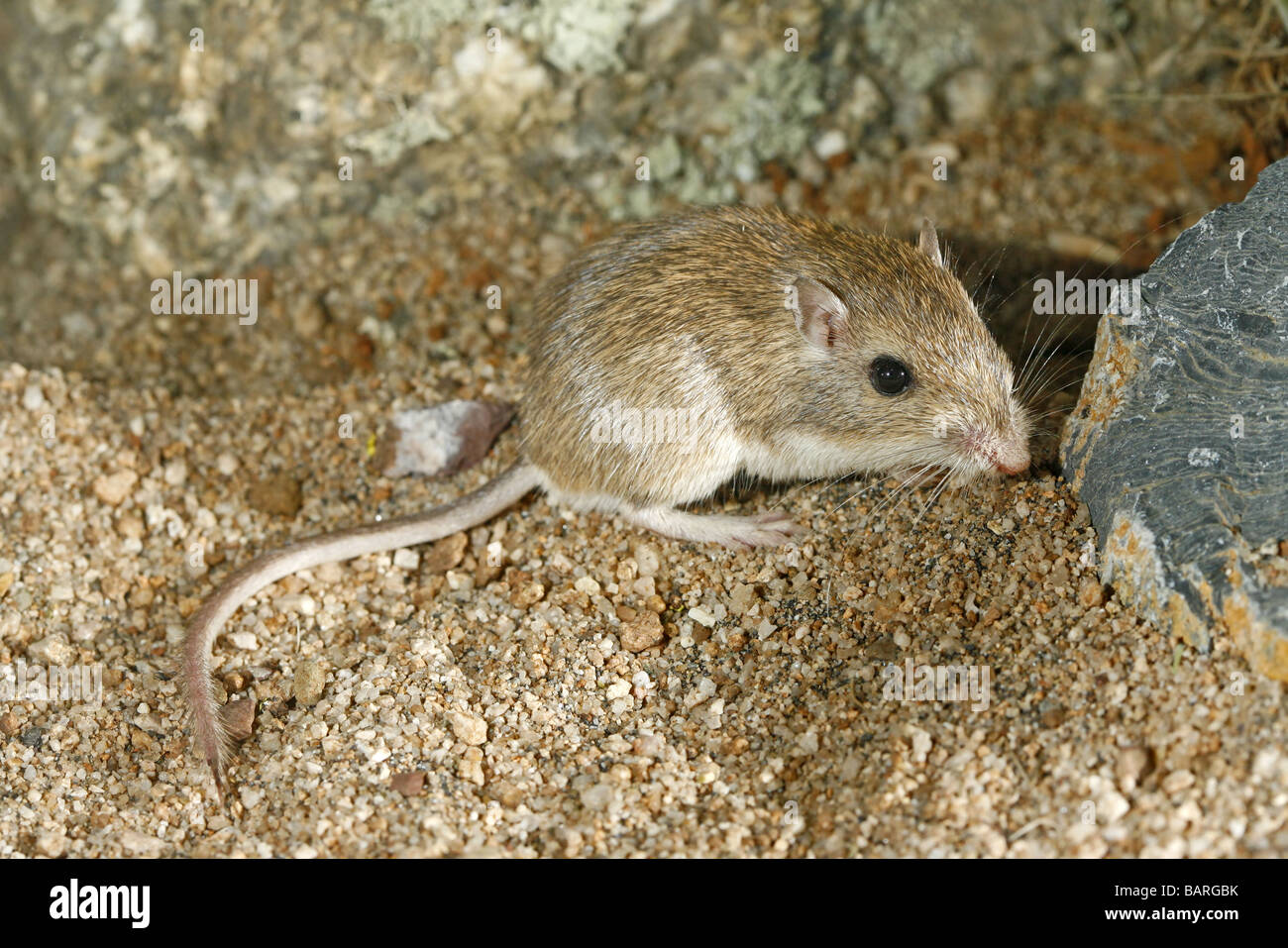

It is a small mouse with a thinly furred tail that is smooth from base to tip (i.e. For these reasons, the International Union for Conservation of Nature has assessed the conservation status of this mouse as " near threatened". The Arizona pocket mouse (Perognathus amplus) is a rodent native to the Sonoran desert.

It is able to adapt to farmland but suffers from the increasing use there of rodenticides to control pests. The chief threat it faces is the conversion of its natural habitat to agricultural land. goldmani is not common, and the population trend is thought to be downwards. numerous other entities and individuals not under the districts control that. pernix which breeds between October and April with a litter size of typically seven. longimembris bangsi (hereafter, Palm Springs Pocket Mouse or the pocket. Nor have its reproductive habits been studied but they are likely to be similar to C. Little is known of the diet of this mouse, but it is known that it consumes grass seeds. It occurs in dry thorny, scrubby areas, in arroyos, in sandy areas with mesquite and on cultivated land.

The species is endemic to Mexico, where its range extends from northeastern and southeastern Sonora, through southwestern Chihuahua to northern Sinaloa in the strip of land to the west of the Sierra Madre Occidental. Other pocket mice inhabiting this part of Mexico with which Goldman's pocket mouse could be confused include the Sinaloan pocket mouse ( Chaetodipus pernix), which is smaller, and Bailey's pocket mouse ( Chaetodipus baileyi), which has darker dorsal fur. A population inhabiting an area of lava fields near Moctezuma, Sonora is darker than other populations. Calculated home range radii were 14 m for Arizona pocket mice (n - 3). The upper parts of this mouse are brown, the rump being a little darker than the back, while the underparts are creamy-white. Each experimental and control plot grid had eight rows with eight stations each. The ears are black with white flecks, with the hind edges being whitish there is a pale spot just below the ear. A medium-sized rodent, Goldman's pocket mouse has a head-and-body length of 88 mm (3.5 in) and a tail length of 106 mm (4.2 in).


 0 kommentar(er)
0 kommentar(er)
